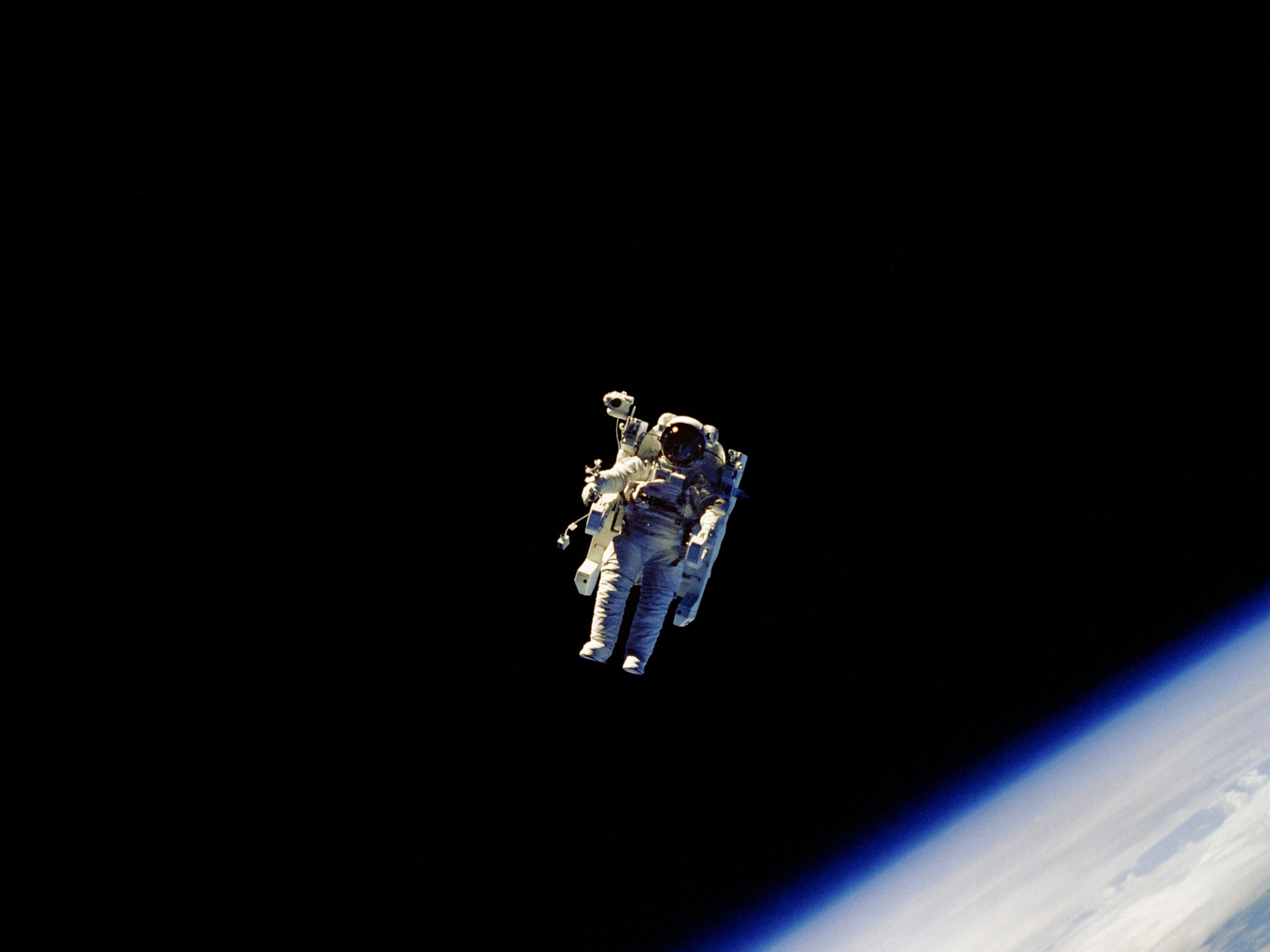
Space Station Visible All Night Thursday—How to See It
In a once-a-year sky show, the International Space Station can be seen Thursday night with the naked eye multiple times from select locations.
The International Space Station (ISS) has entered the "twilight zone," giving sky-watchers in select places around the world unprecedented multiple views of the orbiting facility Thursday night.
From its orbit about 280 miles (450 kilometers) above Earth's surface, the ISS takes just 90 minutes to make a full circle around the planet.
The space station isn't always visible at night when it passes overhead, because it spends about 30 percent of its time cloaked by Earth's shadow. (See a picture of a solar eclipse as viewed from the ISS.)
But once a year the high-flying facility's orbit closely parallels what's known as the day-night terminator, the zone of perpetual twilight on the border between Earth's dayside and nightside. (See a day-night terminator animation.)
When it's in the zone, the ISS can be seen with the naked eye every time it passes overhead, from dusk til dawn.
"This is a great sky-watching opportunity, because the lab's orbiting trajectory is oriented such that, until Friday, July 2, it will remain in perpetual sunlight," said William Cooke of NASA's Marshall Space Flight Center in Alabama.
"That means you have a special viewing marathon with a chance to see the station three to five times a night."
Space Station a White, Unblinking Light
With construction nearly complete, the ISS is about the size of a U.S. football field. (Related pictures: "Space Station's Observation Deck Unveiled.")
The space station is covered with shiny metal and lots of highly reflective solar panels, making the station easily visible with the naked eye, even from city centers. At times, the ISS is the second brightest object in the night sky, surpassed only by the moon.
Orbiting at roughly 17,000 miles (27,350 kilometers) an hour, the ISS looks like a brilliant star gliding swiftly, taking about two to four minutes to make an arc across the sky. It's easy to tell the difference between the space outpost and an airplane, Cooke said, because the ISS shines with a white, unblinking light.
In recent years astronomy enthusiasts have even been able to track and photograph the orbiting laboratory using larger backyard telescopes.
People are now able to "clearly view structural details like the station's modules, solar panels—and even at times see the docked space shuttle," Cooke said. (See a picture of the ISS as viewed by a remote-sensing radar satellite.)
Unlike many weather and communications satellites, the ISS isn't in a geostationary orbit—an orbit that keeps a satellite locked above a particular spot on Earth. Instead, the station constantly changes position with relation to Earth and so isn't always visible to sky-watchers in a given location.
To find out when and where to see the ISS from a given major city worldwide, the website Spaceweather.com has an online satellite tracking tool that can pinoint dates, times, and brightnesses of future flybys.





